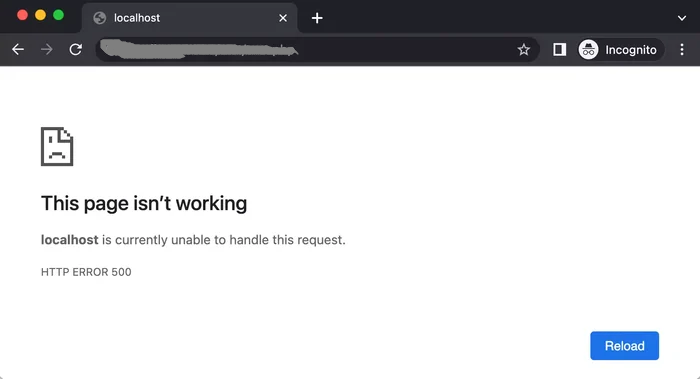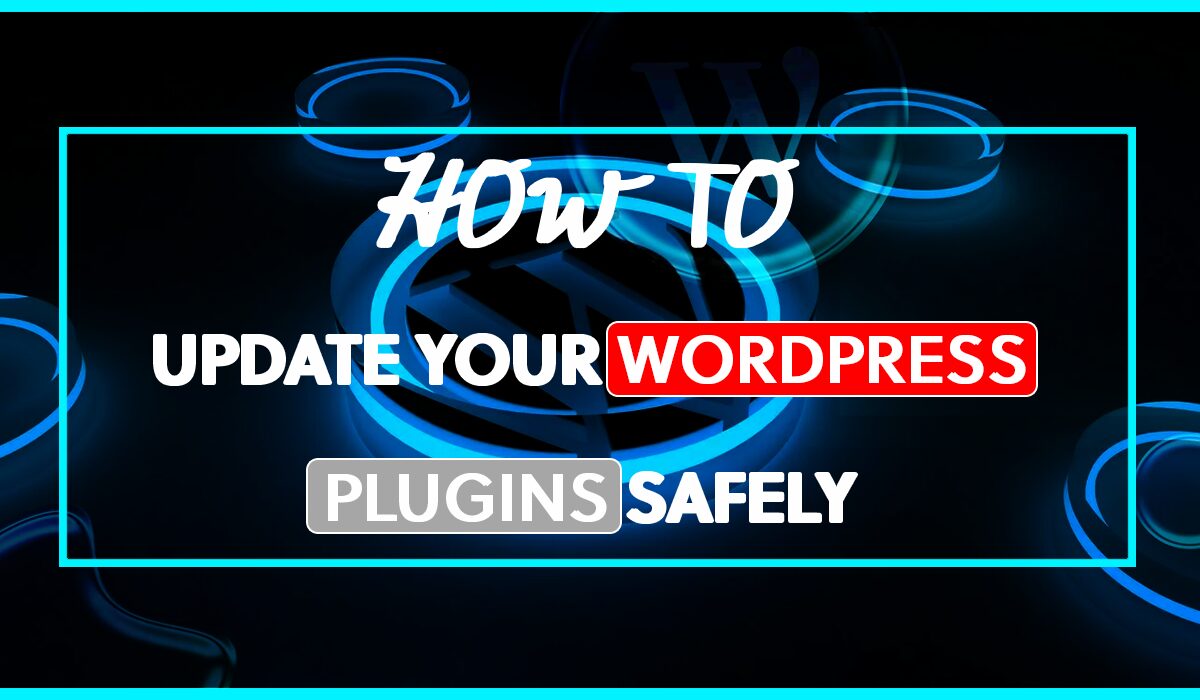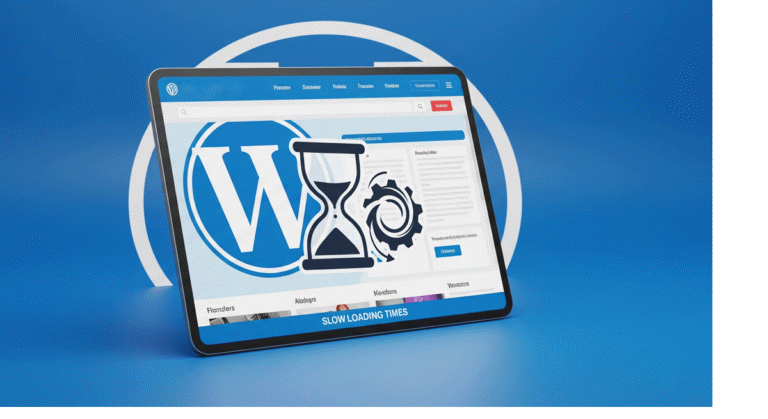Running a WordPress site? Then understanding plugin updates is essential. These updates are more than just fancy new features; they’re the nuts and bolts that keep your site running smoothly. From fixing bugs and sealing security gaps to boosting performance, plugin updates are crucial. Developers continually tweak their plugins to ensure compatibility with the latest WordPress updates, maintaining security and efficiency. In this guide, we’ll walk you through why updates are important, how to perform them safely, and best practices for managing your plugins. Let’s dive in!
Why Should I Update My WordPress Plugins?
Consider these updates as more than just flashy new additions; they’re the essential maintenance that keeps your website running smoothly. Neglecting to update WordPress plugins is akin to leaving your front door unlocked for hackers. It puts your site’s security at risk, leading to potential headaches and data breaches. But it’s not just about security—outdated plugins can also cease to function altogether. To avoid such issues, it’s crucial to stay on top of updates. Keeping your WordPress plugins updated is crucial for maintaining a secure and efficient website.
Security Enhancements
One of the primary reasons to update your plugins is security. Outdated plugins can have vulnerabilities that hackers can exploit. Developers regularly release updates to patch these security holes and protect your site from threats.
Improved Performance
Updates often come with performance improvements. This can mean faster loading times, better resource management, and overall smoother operation, which enhances the user experience on your site.
New Features and Functionality
Plugin updates frequently include new features and improvements to existing functionality. By updating, you can take advantage of these enhancements and keep your website modern and competitive.

Compatibility
As WordPress core updates, your plugins need to be compatible with the latest version. Updating ensures that your plugins work seamlessly with the newest WordPress features and functionalities.
Step-by-Step Guide to Updating WordPress Plugins
Step 1: Backup Your Website
Before making any changes, it’s essential to back up your site. This way, if something goes wrong, you can restore your site to its previous state.
Manual Backup: Use an FTP client to download all your site files and export your database via phpMyAdmin.
Automated Backup: Use a plugin like UpdraftPlus or BackupBuddy to automate the backup process.
Step 2: Check Plugin Compatibility
Review the plugin changelog and compatibility notes to ensure that the update is compatible with your version of WordPress and other plugins.
Step 3: Update Plugins
There are several ways to update your plugins:
Automatic Updates: WordPress can automatically update plugins if you enable this feature.
Manual Updates: Navigate to the Dashboard > Updates or Plugins page and click “Update Now” next to each plugin that needs updating.
FTP Update: Download the latest version of the plugin, extract it, and upload it to your wp-content/plugins directory via FTP.
Step 4: Test Your Site
After updating, thoroughly test your site to ensure everything is functioning correctly. Check the frontend, backend, and any critical functionality specific to your plugins.
Step 5: Troubleshoot Issues
If you encounter any issues, refer to the plugin’s support documentation or contact the developer for assistance.
Common Issues and Troubleshooting
Plugin Conflicts
Sometimes plugins can conflict with each other or with the WordPress core. Deactivate all plugins and reactivate them one by one to identify the culprit.
White Screen of Death
This can occur after an update. Enable WP_DEBUG mode in your wp-config.php file to identify the issue, or restore your site from a backup.

Database Errors
An updated plugin might require database updates. If you encounter database errors, check for pending database updates in the plugin settings or contact support.
Best Practices for WordPress Plugin Management
Regular Updates
Set a schedule to check for and install updates regularly to minimize security risks and ensure optimal performance.
Limit Plugin Usage
Only use plugins that are essential to your site’s functionality. Too many plugins can slow down your site and increase the risk of conflicts.
Quality Over Quantity
Choose reputable plugins with good reviews, active support, and regular updates. Avoid plugins that haven’t been updated in a long time.
Use Staging Environments
Test updates in a staging environment before applying them to your live site. This helps catch potential issues in a controlled setting.
Advanced Considerations
Automated Updates
For critical plugins, consider enabling automated updates. This can save time and ensure that important security patches are applied promptly.
Custom Plugin Development
If you have custom-developed plugins, ensure they are maintained and updated alongside your other plugins. Work with a developer to manage these updates.
Security Plugins
Use security plugins like Wordfence or Sucuri to add an extra layer of protection and monitor for potential vulnerabilities in your plugins.
FAQs
How often should I update my plugins?
Regularly check for updates at least once a week. Enable automatic updates for critical security plugins if possible.
What if a plugin update breaks my site?
Restore your site from the backup you created before updating. Then, troubleshoot the issue or seek help from the plugin developer.
Can I revert to an older version of a plugin?
Yes, you can manually reinstall a previous version using an FTP client. However, this should be a temporary measure while you address any compatibility issues.
Final Thoughts
To sum it all up, Think that managing your plugins is like nurturing a plant—consistent care leads to growth and vitality. By regularly updating your WordPress plugins, you ensure your site remains secure, functions seamlessly, and provides an enjoyable experience for both you and your visitors. Keep those plugins up to date, safeguard your site, and relish the flourishing of your digital presence.



Informative post .. Keep up the good work!